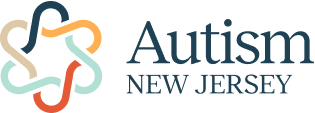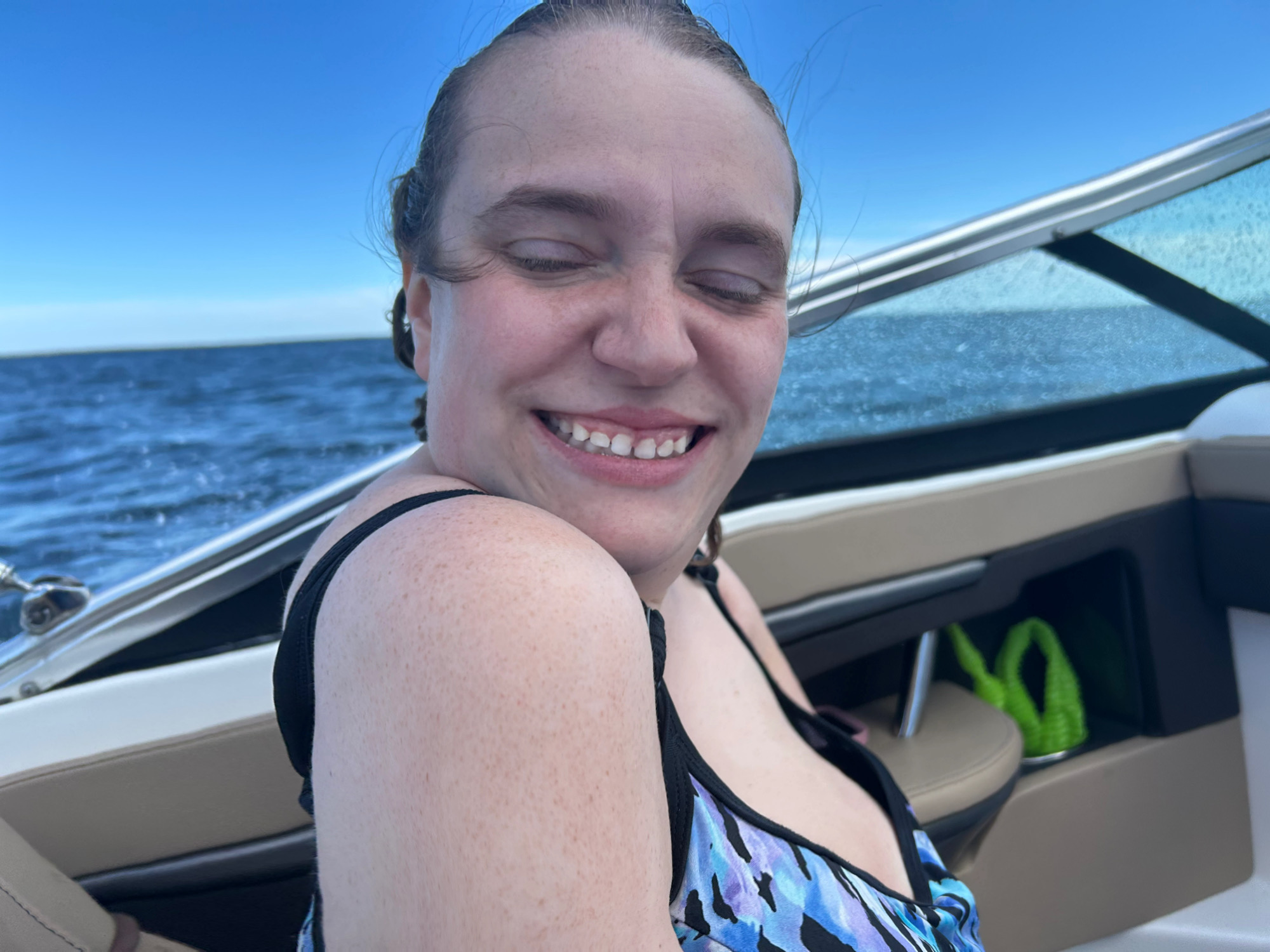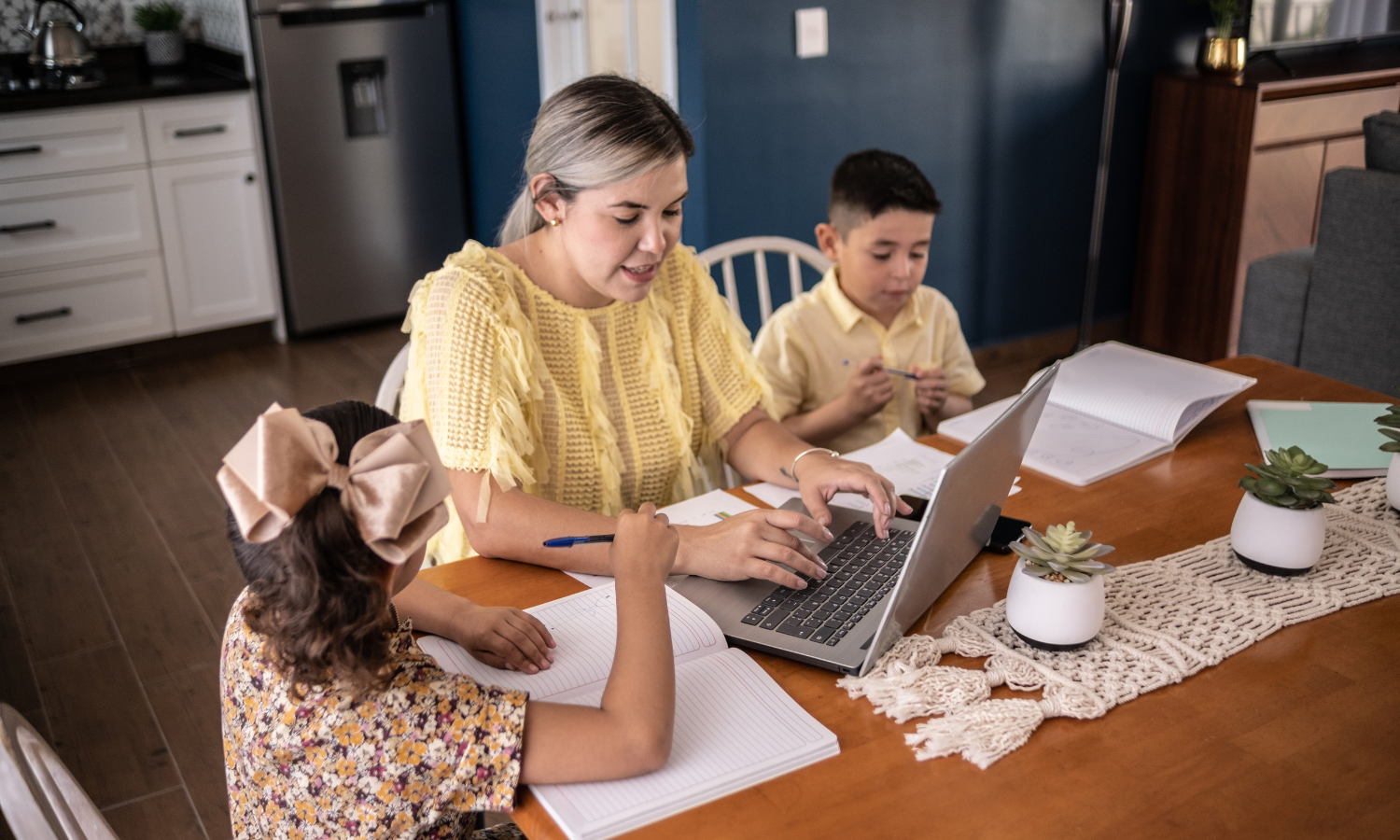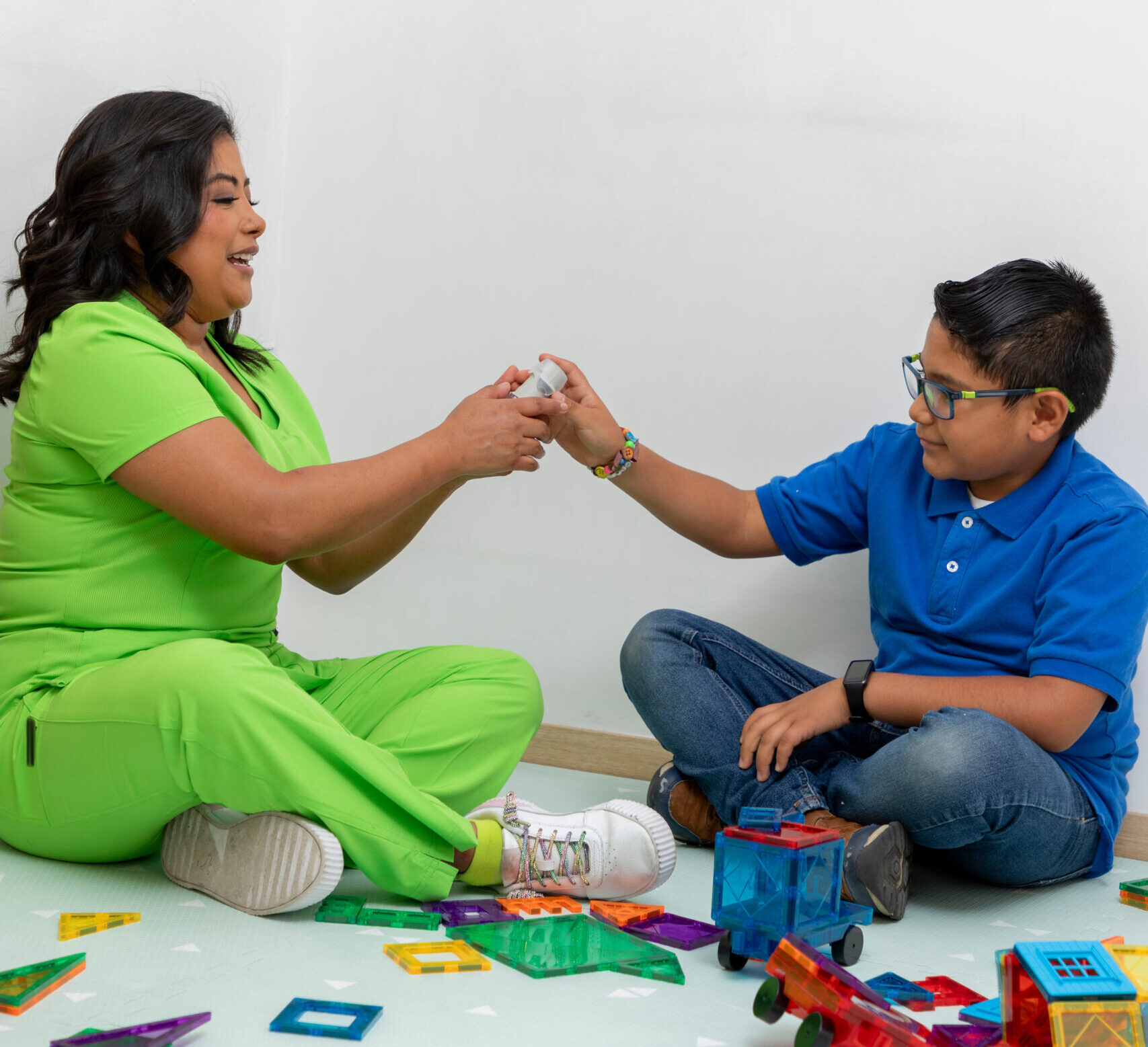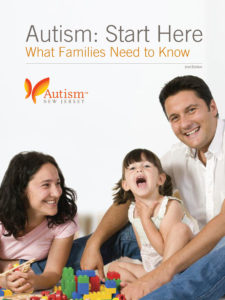More Resources
When a child receives a diagnosis of autism, parents find themselves faced with many questions and important decisions. Figuring out what supports and therapies are best can be a confusing and overwhelming process. It’s important to keep in mind that every autistic person is unique, and so is their path to growth and learning. With the right support, children and adults with autism can build skills, connect with others, and live meaningful lives.
Start Early
The earlier autism is identified, the sooner services can begin. Research shows that early intervention can make a significant difference in communication, behavior, and learning. Keep in mind, however, that it’s never too late to start. People of all ages can benefit from support and services. And, whether you are waiting for a diagnosis and/or services or just getting started, here are some skills you can start working on with your child now.
Be an Informed Consumer
As a parent or guardian, you are in the best position to make decisions about your child’s care. At Autism New Jersey, our role is to support you by providing access to the most reliable, research-based information available.
In today’s digital world, information about autism treatments is everywhere. While that may seem helpful, the sheer volume of options can quickly become overwhelming. Many interventions are marketed with compelling testimonials or hopeful language — but not all are supported by solid scientific evidence. Some treatments may lack rigorous research or may even be disproven altogether, making it difficult to determine what’s truly effective and safe.
That’s why being an informed consumer is so important. By learning how to evaluate treatment options and ask critical questions, you can make decisions that are more likely to lead to meaningful progress for your child.
Select an Appropriate Treatment
Effective support begins with interventions that have been rigorously tested and shown to produce positive outcomes. That’s why it’s important to choose evidence-based treatments – approaches that are backed by research and recommended by medical and educational experts.
While there are some high-quality resources that discuss evidence-based treatments in detail Evidence-Based Practices for Children, Youth, and Young Adults with Autism and ASAT Online, Autism New Jersey is here to help you, at a glance, see the range of treatments with varying degrees of evidence. To do this, we have a simple stoplight analogy.
Green Light
Green Light Treatments
Many of the practices identified as “green light” are rooted in applied behavior analysis and are components of a high-quality ABA treatment program. This reflects ABA’s deep commitment to evidence-based practice and the many high quality research studies which have demonstrated its effectiveness.
Skill-Building
- Augmentative & alternative communication (including PECS)
- Behavioral momentum intervention
- Direct instruction
- Discrete trial training
- Exercise and movement
- Modeling
- Naturalistic intervention (including JASPER, milieu teaching, & PRT)
- Parent-implemented intervention
- Peer-based instruction & intervention
- Prompting
- Reinforcement
- Self-management
- Social narratives (including social stories)
- Social skills training (including peers)
- Task analysis
- Technology-aided instruction & intervention
- Time delay
- Video modeling
- Visual supports
Behavior Reduction/Support
- Antecedent-based interventions
- Cognitive behavioral/instructional strategies
- Differential reinforcement of alternative, incompatible, or other behavior
- Extinction
- Functional behavioral assessment
- Functional communication training
- Medications (i.e., Risperdal and Abilify)
- Response interruption/redirection
Yellow Light
Yellow Light Practices
There are many practices where research has not yet established clear effectiveness (or ineffectiveness) for individuals with autism, and Autism New Jersey understands that any one individual may respond well to an intervention that is not documented as effective for the majority of people with autism. Yet even in this broad category, these practices range from those with limited to no evidence.
- Acupuncture
- Animal therapies (therapy dogs, therapeutic riding)
- Antifungal agents
- Art therapy
- Craniosacral therapy
- Developmental therapies (DIR/Floortime, RDI, SCERTS, ESDM, RPMT)
- Dietary changes
- Herbs and homeopathics
- Immune therapy
- Leucovorin
- Massage therapy
- Medical marijuana
- Melatonin
- Mindfulness-based practices
- Music-mediated intervention/music therapy
- Neurofeedback/Neurotherapy
- Omega-3 fatty acids
- Oral motor therapy/training (PROMPT, Kaufman)
- Oxytocin
- Project TEACCH
- Sensory integration
- Son-Rise Program
- Vision therapy
- Vitamin supplements
The list of yellow light treatments above is ever-expanding. Because there will inevitably be treatments that do not appear on our list, it is also important to provide considerations when deciding if/when to explore treatments that do not meet the scientific rigor of the established green light treatments previously described.
To help determine if a yellow light treatment should be pursued, it is best to:
- Collect and analyze data regularly to assess progress with the treatment team.
- Be alert to possible side effects.
- Keep records that will guide the team’s decisions and keep everyone informed as progress may be slow.
- Consult resources such as The Road Less Traveled (Celiberti et al., 2004), helpful resource for evaluating any intervention and its implementation for your child/learner.
Red Light
Red Light Practices
Unlike our yellow light practices, where there isn’t enough information to know if they work, the red light practices listed below have enough evidence to show that they either don’t work or may actually be harmful. While we at Autism New Jersey respect the right of families to make the treatment decisions that they feel are in their child’s best interests, the below treatments are not advised based on scientific consensus.
- Auditory integration therapy/training (AIT) and any similar “listening” programs
- Chelation
- Detoxifying clay baths
- Facilitated communication and related methods (i.e., Rapid Prompting Method and Spell2Communicate)
- Hyperbaric oxygen
- Psychoanalysis
- Secretin
Consider Additional Therapies
Autistic individuals often present with complex needs, particularly as this relates to communication, behavioral, and sensory needs. For those individuals, additional therapies such as speech-language therapy and occupational therapy can be beneficial. For instance, speech-language pathologists often possess advanced training in augmentative and alternative communication systems and their inclusion in a child’s educational team can be beneficial. Occupational therapists have a deep understanding of fine motor abilities and sensory systems and can help to guide fine motor programming and recommend appropriate sensory-matched leisure activities. Autism New Jersey affirms the critical importance of engaging in evidence-based practice and interdisciplinary collaboration.
Focus on the Individual
Good treatment plans are personalized. What works for one person might not work for another. A team of professionals – like doctors, therapists, and educators – can help develop a plan that matches the individual’s strengths, needs, and goals.
Also know that as a parent it’s okay to have questions! In fact, it’s important to ask things like:
- What’s the goal of this proposed treatment?
- Is this treatment supported by evidence/research?
- How will we know if it’s working?
- What role do I play in the process?
A reputable service provider will be happy to answer your questions and work with you as a partner in the process.
Get Support
Finding the right path can feel overwhelming, but you’re not alone. Autism New Jersey is here to help you sort through the options, connect with trusted professionals, and find support from others who understand.
- View our knowledge library
- Reach out to our 800.4.AUTISM Helpline
- Search our Referral Database
- See what family wellness services we offer
